I have a a balanced stereo audio source, being fed into a headphone amplifier. Both source and amplifier are connected via a pair of 3-pin XLR cables, one for each channel. The amplifier then outputs to some studio monitor headphones.
Due to some hearing loss, my right ear has about a 1.5dB loss over the left. As such, I need to cut the left speaker down by around 1.5dB. Neither the source or amplifier have balance/panning controls.
I want to build a resistor-divider circuit that would sit between the source and amplifier which does the job of attenuating the left channel.
How do I calculate the resistor values needed to reduce the left channel by 1.5db?
Are there any special considerations required given that I'm using a balanced (positive, negative, ground) configuration for each channel?
